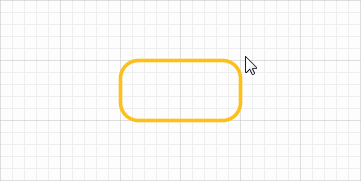Advanced shape operations
Capital X Panel Designer contains really powerful tools normally not seen on web applications, that enable you to make amazingly complex shapes with just a few simple operations.
Grouping shapes
To group shapes:
- Select multiple shapes using the pointer tool
- Right click, select Operations | Group or use the keyboard and press Ctrl + G
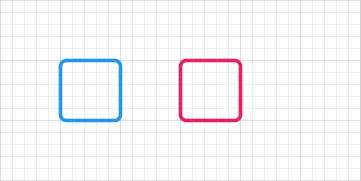
Ungrouping shapes
To ungroup shapes:
- Select a grouped shape
- Right click and select Operations | Ungroup or press Ctrl + Shift + G
Grouped shapes with text
Each grouped shape can have their own text, in addition to text on sub shapes.
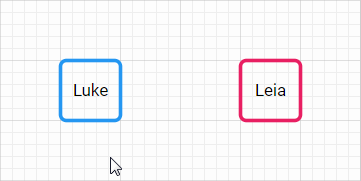
Flip vertical
To flip a shape vertically:
- Select the shape, right click and select Operations | Flip vertical

Flip horizontal
To flip a shape horizontally:
- Select the shape, right click and select Operations | Flip horizontal

Fragment shapes
To fragment shapes:
- Select 2 or more shapes, then right click and select Operations | Fragment

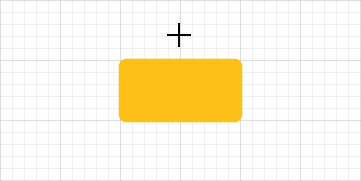
Union shapes
- Select 2 or more shapes, then right click and select Operations | Union

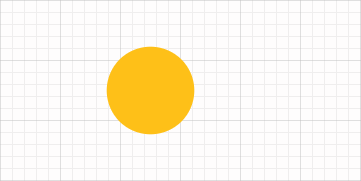
Difference shapes
- Select 2 or more shapes, then right click and select Operations | Difference

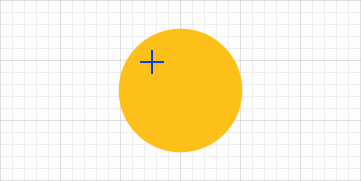
Intersect shapes
- Select 2 or more shapes, then right click and select Operations | Intersect

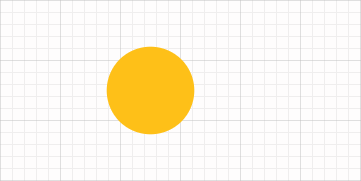
Flatten shapes
Flattening operations removes shapes that is under another shape.

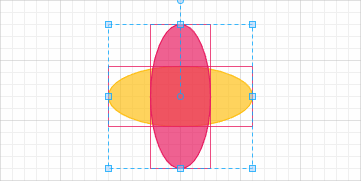
Flattening is useful to produce SVG drawings suitable for plotters and laser cutters that detects paths and cut according to these paths. By flattening shapes, we ensure that paths that is hidden under another shape is not generated.
How flattening works
Flattening removes shapes and paths underneath filled shapes (irrespective of their filled color and opacity).

Flattening will not remove shapes if the shape that is on top is not filled.
Trimming shapes
Trimming shapes essentially split a shape into its strokes.
To trim shapes:
- Select multiple shapes, then right click and select Operations | Trim

Joining paths
Join essentially joins multiple paths into a single path and is the reverse of a trim operation. Paths must have a begin or end point that is at the same position as another begin or end point, to be joined.
To join paths:
- Select multiple paths, then right click and select Operations | Join
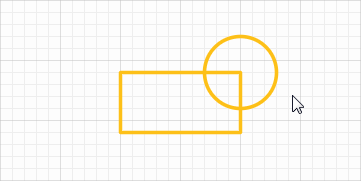
Outline text
See also
Converting shapes to path
Rectangles, ellipses and circles can be converted to paths for easier scaling.
To convert to paths:
- Select rectangles or ellipses, then right click and select Operations || Convert to paths
Why convert to path?
If you have a rectangle with rounded corners, resizing the rectangle does not resize the rounded corners.
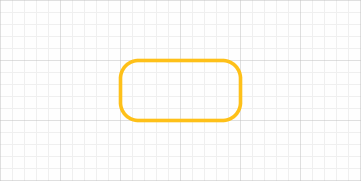
If converted to paths, the rounded corners will also get resize proportionally.
